Sign up for our newsletter to receive updates about new articles, great deals, and information about the activities you love and the gear that makes them possible:
Have You Read Our Other Content?
How to Name Over 1000 Different Lakes: Part 2
Last year, we published an article about Boundary Waters lake names, their inspirations, their backgrounds, and which themes and names are common or often repeated. Among 1100 different lakes in the BWCAW alone, there are quite a variety of names! In this sequel article, we are visiting the BWCAW, Quetico, and Voyageurs National Park to…
Map Mondays – Week 2 – Kawishiwi Lake to Stuart River
As part of our continuing series on the “route planning game,” we are creating routes using randomly selected entry points, exit points, and number of days to create unique and fun BWCA routes. This week is a fast-moving 5-night trip from Kawishiwi Lake to Stuart River. It crosses some of the quietest stretches of the…
Three Generations of BWCAW Rules Videos – Side by Side
It’s as ubiquitous of an experience as one can find tied to a canoe trip into the Boundary Waters, and the memories of it are deeply rooted in my childhood as they are for many who make the annual pilgrimage north to paddle the border waters of canoe country. Even now, I can close my…
10 Tips and Tricks for Nightime Canoe Travel
The vast majority of BWCA visitors paddle and hike during daylight hours and for good reason. It’s safer, there’s more to see, and daylight travel aligns with normal sleep cycles. Night travel, on the other hand, provides a higher risk of getting lost while paddling; it’s also easier to fall and get hurt while portaging.…
How to Plan a BWCA Route: The Treebear Way
Amidst guiding, outfitting, and plenty of personal trips in between, I’m blessed to have “crossed the line” into the BWCA 88 different times. I look back at all those incredible memories and know beyond a shadow of a doubt that the Boundary Waters still has plenty of surprises in store and so many more breathtaking moments to come. I also believe I…
How to Start Wilderness Winter Camping on a Budget
The wind howls around the steep rocky palisade displacing snow which softly blanketed the lichen-speckled crag the night before. The cold wind bites the face as the eyes turn upwards towards brilliant hues of pink and orange igniting the morning sky. The evening dark and long makes the dawn all the more magical. And with…
Wildlife in Wildlands – A History of BWCA Wildlife
The Boundary Waters Canoe Area Wilderness, Superior National Forest, and Voyageurs National Park make up the largest wild landscape in Minnesota as well as being one of the largest wild spaces east of the Mississippi in the US. Combine that with wildlands directly across the border in Quetico Provincial Park and the surrounding crownlands, and…
5 Guide Tricks for Finding Great BWCAW (or Quetico) Campsites
Finding a great campsite can be one of the great joys of a canoe trip. Waking up in a stand of majestic pines, enjoying a cool breeze rolling off the lake on a midsummer afternoon, and cooking over a campfire without worrying about bugs can make a campsite that much more memorable. Occasionally, these sites…
The Twenty Greatest Rivers and Streams of the BWCA
What makes something great is often a subjective matter, one formed of comparisons and perspectives. Is it the large size? How about the incredible strength, power, or position? Is it the beauty or some other awe-inspiring attribute which draws admiration and respect. Take the Great Lakes as an example of many of these definitions. West…
Six Rules for BWCAW Portage Etiquette
If you are new to wilderness canoe camping, especially in a heavily used wilderness area like the BWCAW, then the group traffic at some of the busier portages in Canoe Country may come as a shock. Here are six [written and unwritten] rules you should apply the next time you portage on a well-congested portage trail.…


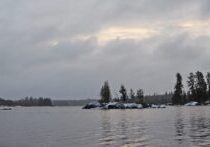
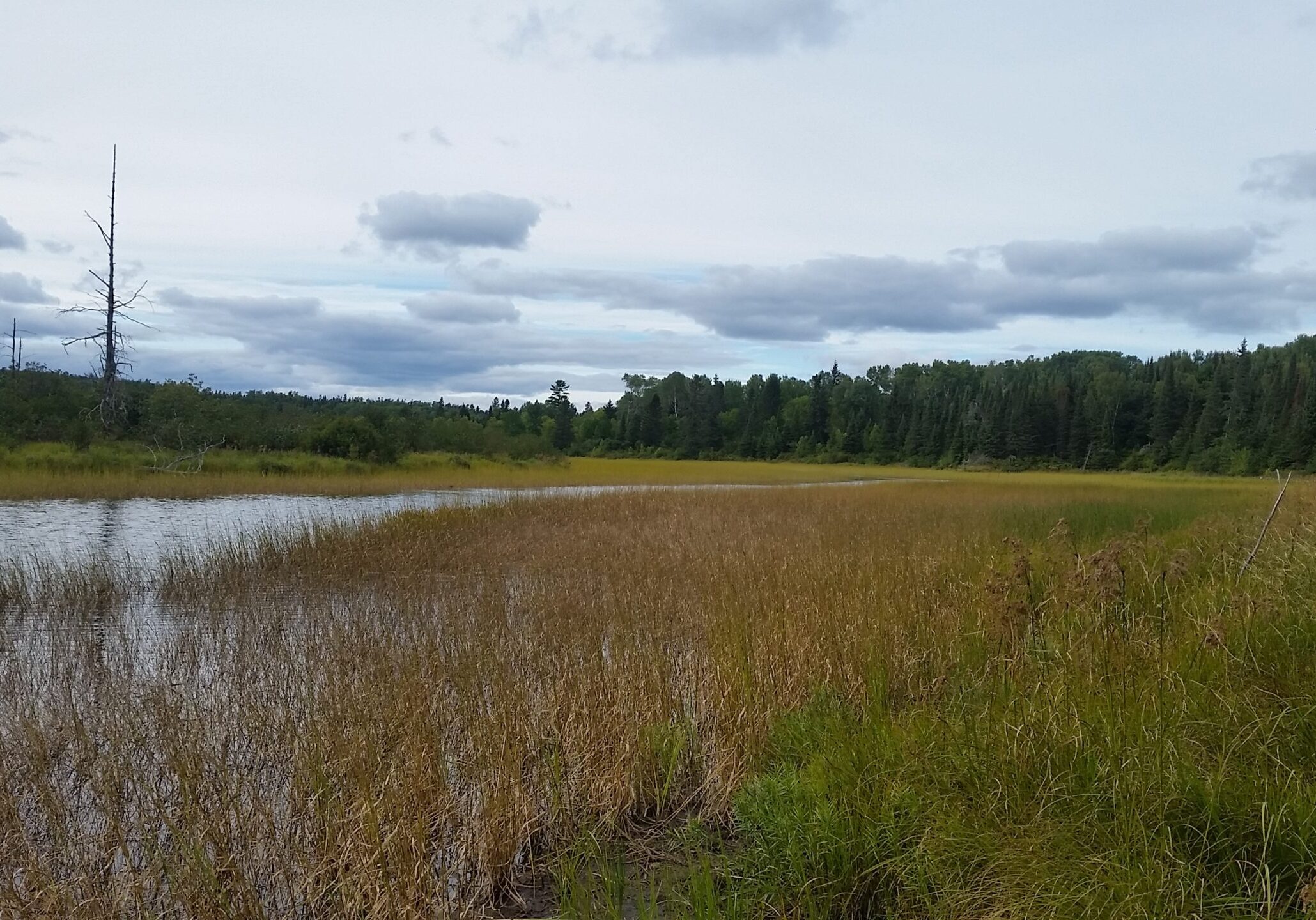
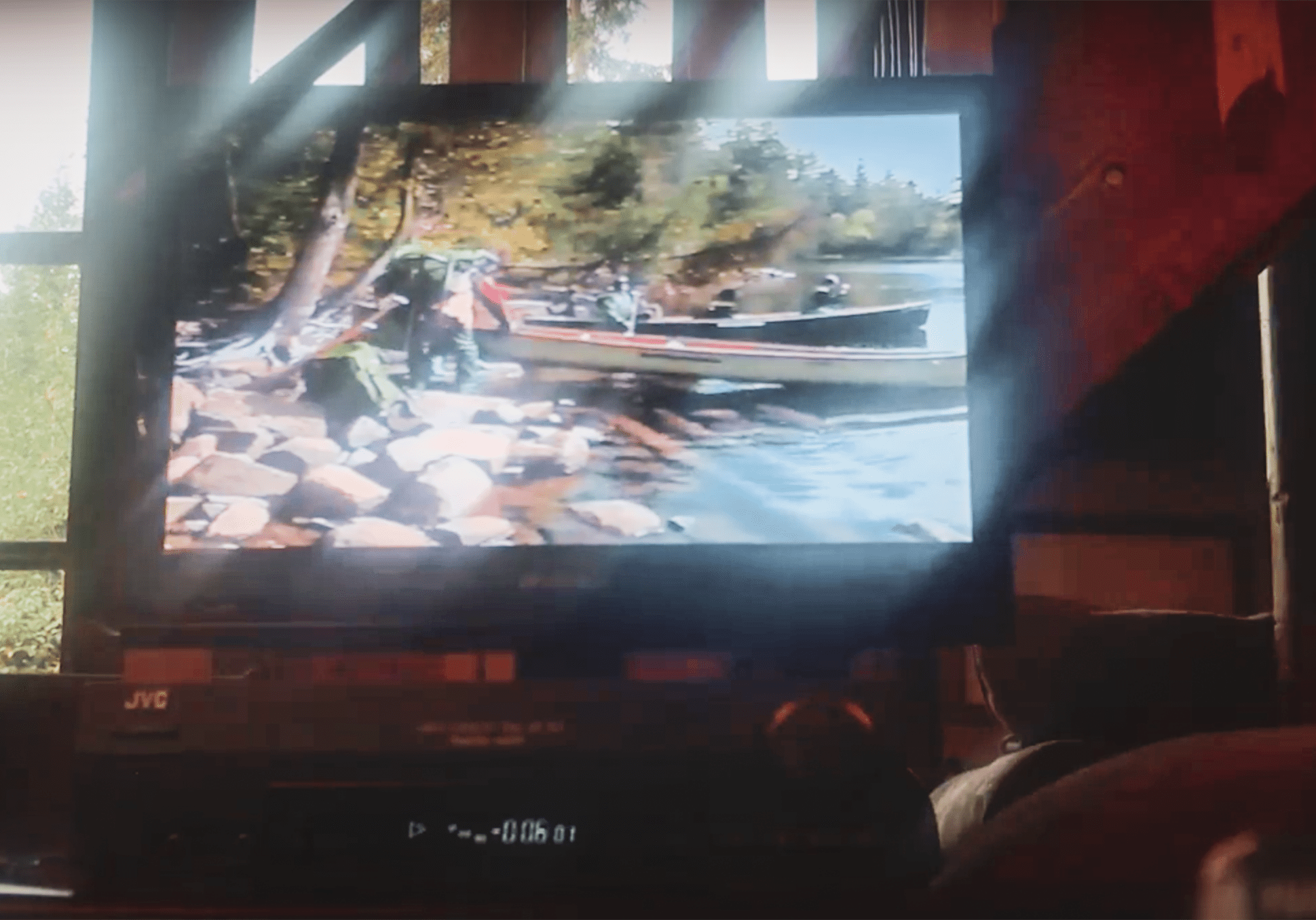
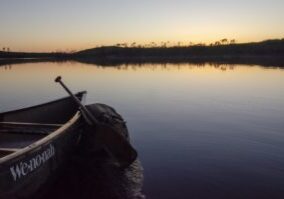
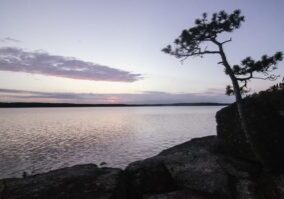
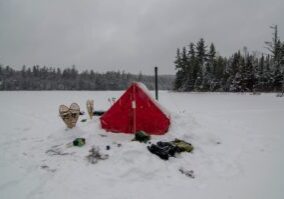
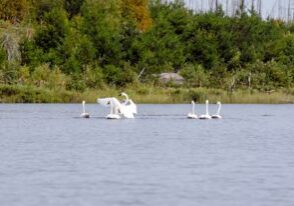
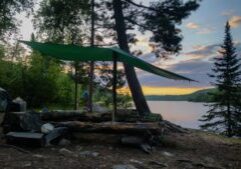
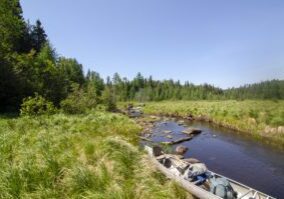


Hey Riley. You seem very interested in the BWCA history. I have a history project for you if your interested. It’s one I have spent countless hours on. It dates back to the 1930’s. Contact me if you want more info.
Nice story Riley. I’ve always wondered about the fire grates at the BWCA campsites. This was useful information!